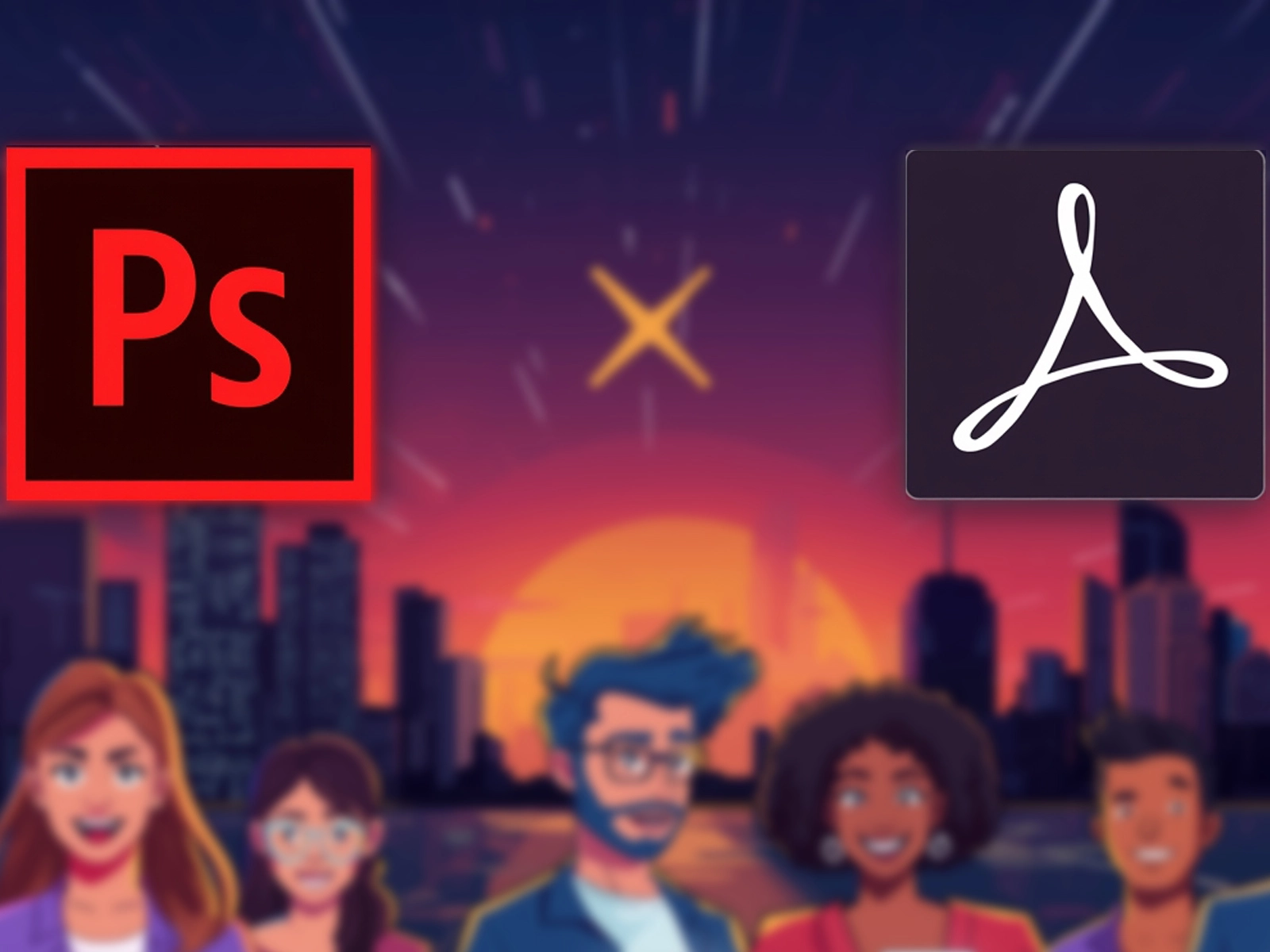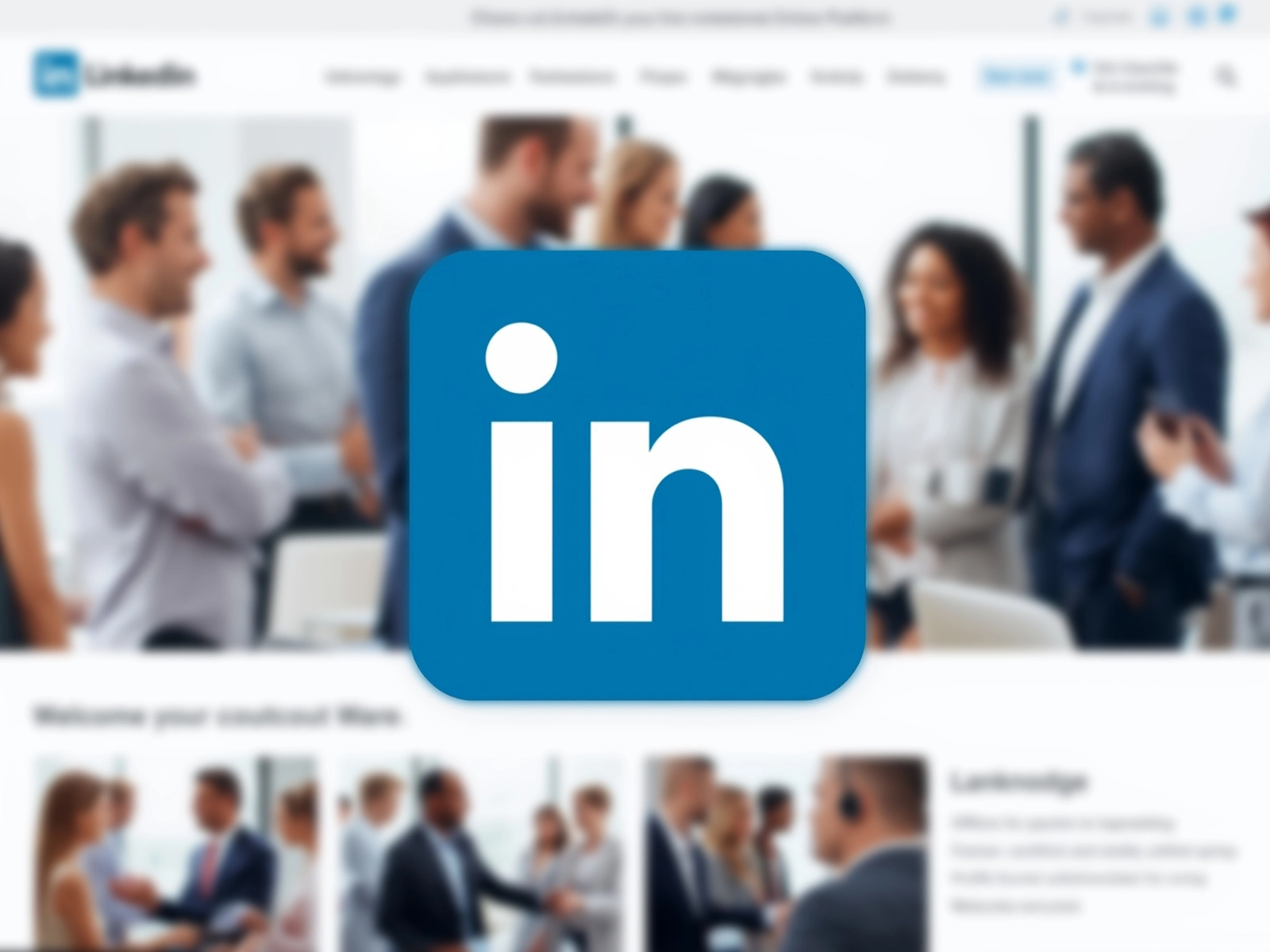
Adobe announces integration of Photoshop, Express, and Acrobat features into ChatGPT

LinkedIn launches new features to improve ad personalization

AI Overviews by Google Changed Search Almost Overnight

4 minutes
In a standard scenario, Google Ads geotargeting is tailored to a user’s physical location. However, there’s a strategy that allows you to go beyond your immediate market and attract audiences who are already interested in your location — regardless of where they’re currently located. This strategy is called reverse location targeting.
Reverse location targeting is an effective strategy in Google Ads that allows you to attract users who are physically located outside your business area but are actively searching for products or services in your region.
Standard Google Ads campaigns with geotargeting focus on users who are located within or near a specific area. However, not all potential customers are “locals.” People often search for information about other cities when they’re:
This is where reverse location targeting becomes useful — a strategy in which ads are shown not based on the user’s physical location, but on the geographic context of their search query.
Let’s say you own a car dealership in Kyiv. If someone in Dnipro types into Google: “buy a car in Kyiv” or “Kyiv car dealership prices”, they’re already showing interest in your location. Their intent might be:
This is a warm audience with high conversion potential — but they may never see your ad if your campaign is restricted to Kyiv and its immediate surroundings.
By default, Google Ads attempts to show your ads to people who have “shown interest” in your targeted location. But the mechanism for identifying that interest is vague and not always reliable.
Relying solely on standard campaign settings can lead to:
This strategy works well for businesses where customers often search outside of their current location:
Yes. If you have the budget and can serve customers from other regions, reverse location targeting allows you to scale campaigns without competing in a saturated local market.
This is a powerful strategy for:
Reverse location targeting isn’t just a technical tweak — it’s a powerful strategic tool that helps you:
If your business is focused not only on walk-in traffic but also on intentional buyers — try this model and compare the results.
This article available in Ukrainian.
Say hello to us!
A leading global agency in Clutch's top-15, we've been mastering the digital space since 2004. With 9000+ projects delivered in 65 countries, our expertise is unparalleled.
Let's conquer challenges together!
performance_marketing_engineers/
performance_marketing_engineers/
performance_marketing_engineers/
performance_marketing_engineers/
performance_marketing_engineers/
performance_marketing_engineers/
performance_marketing_engineers/
performance_marketing_engineers/